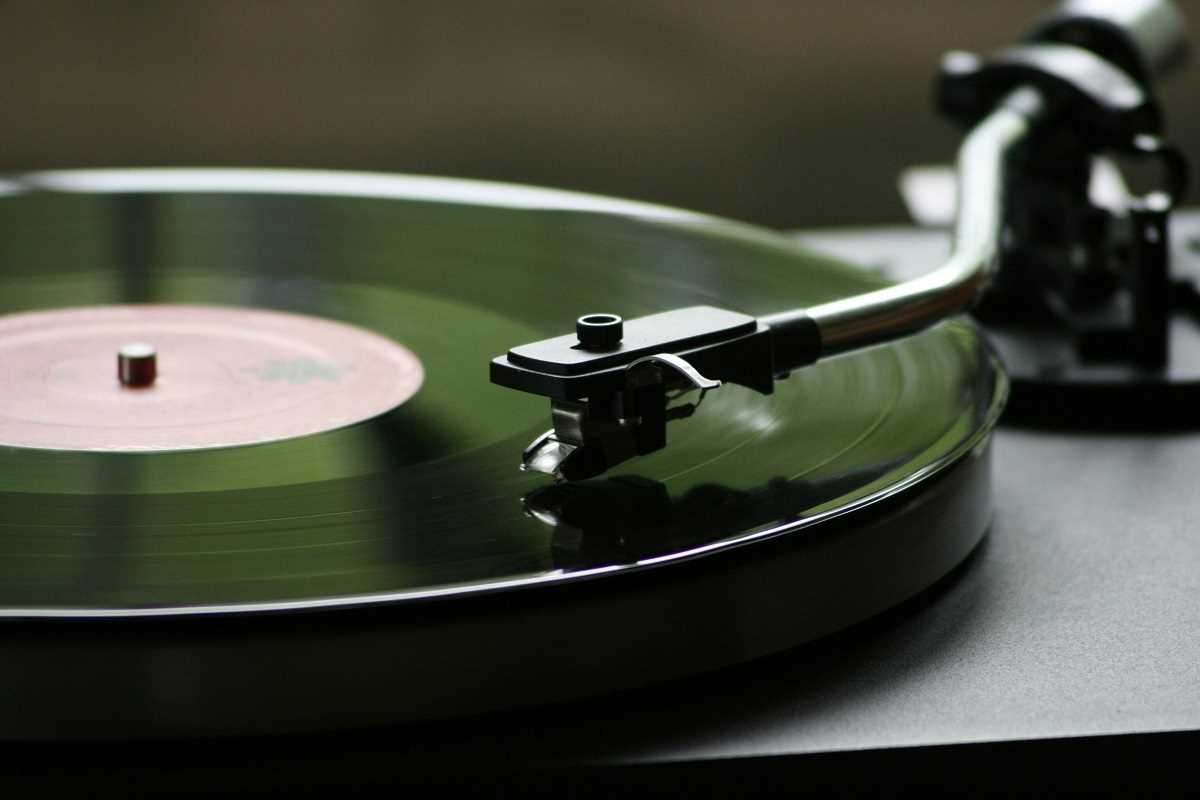For years, vinyl records seemed like a thing of the past, overshadowed by CDs, digital downloads, and music streaming. But something surprising happened along the way. Against all odds, vinyl records made a comeback. Walk into a record store or browse online, and you’ll find a growing trend of people buying vinyl. These people are collectors, teenagers, and young adults alike. Why are people turning back to this old-school music format in an era where songs are just a click away? What’s fueling this resurgence? Most importantly, how does it reshape music culture?
Why Vinyl Records Are Back on Track
Vinyl’s return might seem puzzling, but when we break it down, the reasons start to make sense. One of the biggest draws is the tangible, physical connection vinyl offers. Digital music, while convenient, doesn’t give you that feeling of holding an album, admiring the artwork, or carefully placing a record on a turntable. There’s a ritual to listening to vinyl. It's an experience that many music lovers find both immersive and grounding.
Sound quality is another key factor. Although digital music compresses audio for easier streaming, vinyl maintains the organic depth of analog sound. Audiophiles often describe it as warmer and richer because vinyl reproduces more subtle details. It’s important to note that the “warmth” people associate with vinyl is partly due to harmonic distortion in analog formats. While this isn’t technically “better” sound fidelity, it lends vinyl a unique character that some listeners prefer.
Nostalgia also plays a significant role in vinyl’s appeal. For older generations, records can evoke fond memories of their youth. For younger listeners, vinyl offers a way to experience music in a more intentional and meaningful way. Unlike the shuffle or skip features of digital platforms, vinyl encourages listening to an entire album as a cohesive story. This slower, more deliberate approach to music is a refreshing change for many.
Vinyl’s Unique Appeal
What sets vinyl apart from other music formats isn’t just its sound quality but also its visual and collectible aspects. Album art is a form of creative expression that’s fully appreciated with vinyl’s large-scale covers. Iconic designs like The Beatles’ Sgt. Pepper’s Lonely Hearts Club Band or Kendrick Lamar’s To Pimp A Butterfly take on a new level of impact in vinyl’s tactile form.
On top of that, vinyl has become a hobby. Limited-edition pressings, colored vinyl, and specialty box sets fuel the joy of collecting. Owning a rare record can feel like discovering a hidden treasure. This sense of exclusivity is something no digital download or streaming playlist can replicate. Even vinyl’s imperfections, like occasional pops and crackles, add to its charm, acting as a reminder that music is an organic and imperfect art form.
Who’s Driving Vinyl’s Revival?
While it’s easy to assume that older generations are the ones buying records, the truth might surprise you. Data shows that a significant chunk of vinyl buyers are under 35, which includes Millennials and Gen Z. A report from Deckersons notes that over 70% of vinyl customers fit into this age group. This demographic, raised in the age of streaming, is rediscovering the allure of vinyl as a way to disconnect from the overwhelming abundance of digital media.
But how did vinyl become trendy among younger audiences? Social media platforms like TikTok and Instagram deserve some credit here. These platforms have made sharing vinyl collections and discovering classic records exciting for a new generation. The used record market, along with independent shops, continues to thrive, providing younger listeners with affordable ways to get into the format.
Younger listeners also appreciate vinyl for its staying power. Unlike streaming services, which can remove songs or entire albums due to changes in licensing deals, vinyl provides ownership. When you buy a record, it’s yours forever, and no subscription is required.
How Vinyl Is Shaping Music Culture
For artists and the music industry, the vinyl renaissance has brought about exciting changes. More musicians are putting care into designing their records, crafting packaging that feels like a collector’s item. Whether it’s adding exclusive tracks or including handwritten thank-you notes, vinyl provides a way for artists to connect with their fans on a deeper level.
This revival has also reignited the art of album-making. Streaming has encouraged a focus on single tracks, but vinyl’s nature inspires both musicians and listeners to experience albums from start to finish as cohesive works of art. This format supports storytelling and emotional depth, qualities often lost in today’s hit-driven music scene.
Independent record stores have also benefited from vinyl’s resurgence, becoming local hubs for music culture. Not only do these stores sell records, but they often host live performances or serve as spaces where music fans can gather to share their passion. The return of vinyl has helped revitalize these communal spaces, creating an ecosystem that supports artists and fans alike.
It’s worth noting, however, that vinyl remains a niche within the broader music industry. According to the RIAA, streaming still dominates the market, accounting for over 80% of music revenue in 2022. Vinyl sales, while growing consistently, made up about $1.2 billion, a meaningful but much smaller piece of the pie.
The Future of Vinyl
Is vinyl going to replace streaming? Probably not. Streaming’s convenience and affordability make it the dominant way people consume music today. But that doesn’t mean vinyl is just a fleeting trend. Instead, it has carved out its own space as the go-to format for music enthusiasts seeking deeper connections with their favorite albums.
This growing niche sends a powerful message about what music lovers value. Vinyl’s comeback highlights the importance of connection, intentionality, and storytelling in music. It’s not just about convenience or sound quality; it’s about the feeling of holding a record, admiring its design, and immersing yourself in the music.
If you haven’t explored vinyl yet, now might be the perfect time to start. You don’t need to spend a fortune to begin your collection. A simple record player and an album you love are all it takes. Who knows? You might just rediscover what makes music so special in the first place.
 (Image via
(Image via





